Blink and you missed it in the days before you could pause everything on your TV screen; the sight of Edson Arantes do Nascimento weaving a sumptuous path through flailing defences and leaving them kicking at fresh air.
I’ve never forgotten the impact Pele made on a generation of youngsters when he unveiled his abundant bag of tricks at the 1970 World Cup in Mexico City.
The Brazilian maestro, who was to football what Antonio Carlos Jobim was to the bossa nova, had already won the tournament twice in 1958 and 1962 – and there are plenty of people who maintain he would have masterminded another triumph in 1966 if he hadn’t been assaulted by brutal tackles from Bulgarian and Portuguese opponents – but he was still in his pomp when he appeared in one of the greatest teams in the sport’s history.
1970s Pele ‘irrepressible character’
Pele, who has died at 82, lit up the sport whefever he travelled, thrilled myriad fans on the MLS circuit in the United States and was even an unlikely PoW alongside the likes of Bobby Moore, Sylvester Stallone and Michael Caine in the film Escape to Victory.
But he will always be remembered as the irrepressible character who seemed capable of doing anything with a football more than 50 years ago.
It was the first World Cup we had watched in colour and nobody illuminated the proceedings more than the man who wreaked joyful havoc alongside Rivelino, Jairzinho, Gerson, Carlos Alberto Torres, Tostao and Clodoaldo.
In their first match against Czechoslovakia, he gave Brazil a 2-1 lead, by controlling Gerson’s long pass with his chest as if he was a ballet dancer with perfect balance, as the prelude to scoring a goal of sublime beauty. During that same contest, which ended in a 4-1 victory for the South Americans, he also famously attempted to lob goalkeeper Ivo Viktor from the halfway line, and only narrowly missed the target.
It was as if he could do anything and, next up for an inquisition were the reigning champions England, who battled tenaciously, with Gordon Banks pulling off what was described as the “save of the century” to deny Pele after the latter’s header seemed destined to find the net.
In the end, he set up a Jairzinho goal, which was all that separated the sides, but once again, he was in magical, mesmerising mode and that continued all the way through to Brazil’s emphatic 4-1 success over Italy in the final.
The denouement was a masterclass which still bears repeated viewing, though perhaps not if you have any allegiance towards the Azzurri. Their experienced defender Tarcisio Burgnich cut a forlorn figure as he strove to keep Pele in check and was confounded on the ground, in the air, in open play or at set pieces… wherever they ventured in what became one of the great mismatches of all time, and Burgnich was no second-rater.
He said later: “I told myself before the game that he’s made of skin and bones just like everyone else – but I was wrong.”
It was a fitting summation of the remarkable sway which Pele had on the event and explained why there was no difficulty in choosing the player of the tournament. In terms of his influence, he was directly responsible for 53% of Brazil’s goals and returned home with the Golden Ball in his possession.
So how good was he? Debates are being conducted as we speak about the relative merits of Cristiano Ronaldo and Lionel Messi, but perhaps the arguments should revolve more around Pele and Diego Maradona. I’ve never witnessed anybody else make football look quite so ridiculously easy and effortless as the 5ft 8in Brazil star in 1970 – when he regularly ghosted and feinted past any obstacles in his path as if they simply weren’t there – but this was pretty much his farewell to the game at the highest level.
Pele took more stick than anybody
He retired from international duty a year later at only 30, with an unprecedented three World Cup-winning medals in his possession, but what should never be forgotten is the amount of reckless, dangerous tackles which rivals employed to halt his flow. For much of his career, he was cynically scythed down by culprits whose only punishment was a reprimand from the referee. Yet he kept getting up and coming back for more.
Pele ‘struck the ball superbly’
He certainly caught the eye of Scotland’s Denis Law, who spoke about Pele when we met in Manchester. And, as you might expect, it wasn’t just the skill and technique which impressed the Aberdonian, it was also his prodigious heart and commitment.
He said: “I remember him scoring in the 1958 World Cup in Sweden at the age of just 16, and it doesn’t matter how old you are when have that sort of talent. He was very fast, he was strong, he was capable of almost anything and he struck the ball superbly.
“If he had been given the chance to perform in today’s game, without the potentially crippling tackling from behind and studs-up challenges, I’m sure he would have been a sensation and you can’t even begin to think what he might be worth.
“Imagine what Brazil might have done to their already phenomenal record if he had not been kicked out of the 1966 World Cup, because he took more stick than anybody else.”
There was one crossword clue, which read: “A not entirely hopeless footballer (4)”. If you look into the middle of the eight-letter word, you can discern the solution.
Pele, 1970, the glory of Guadalajara… indelible memories are made of this.
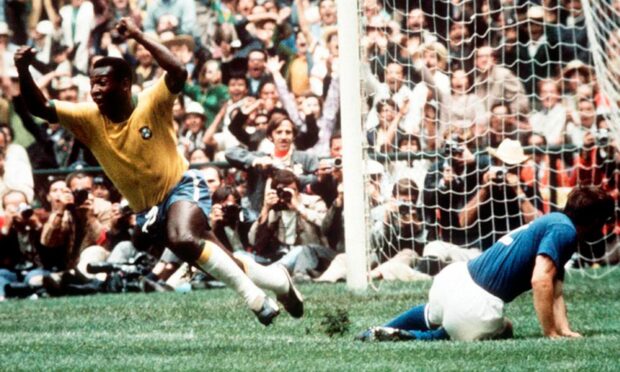
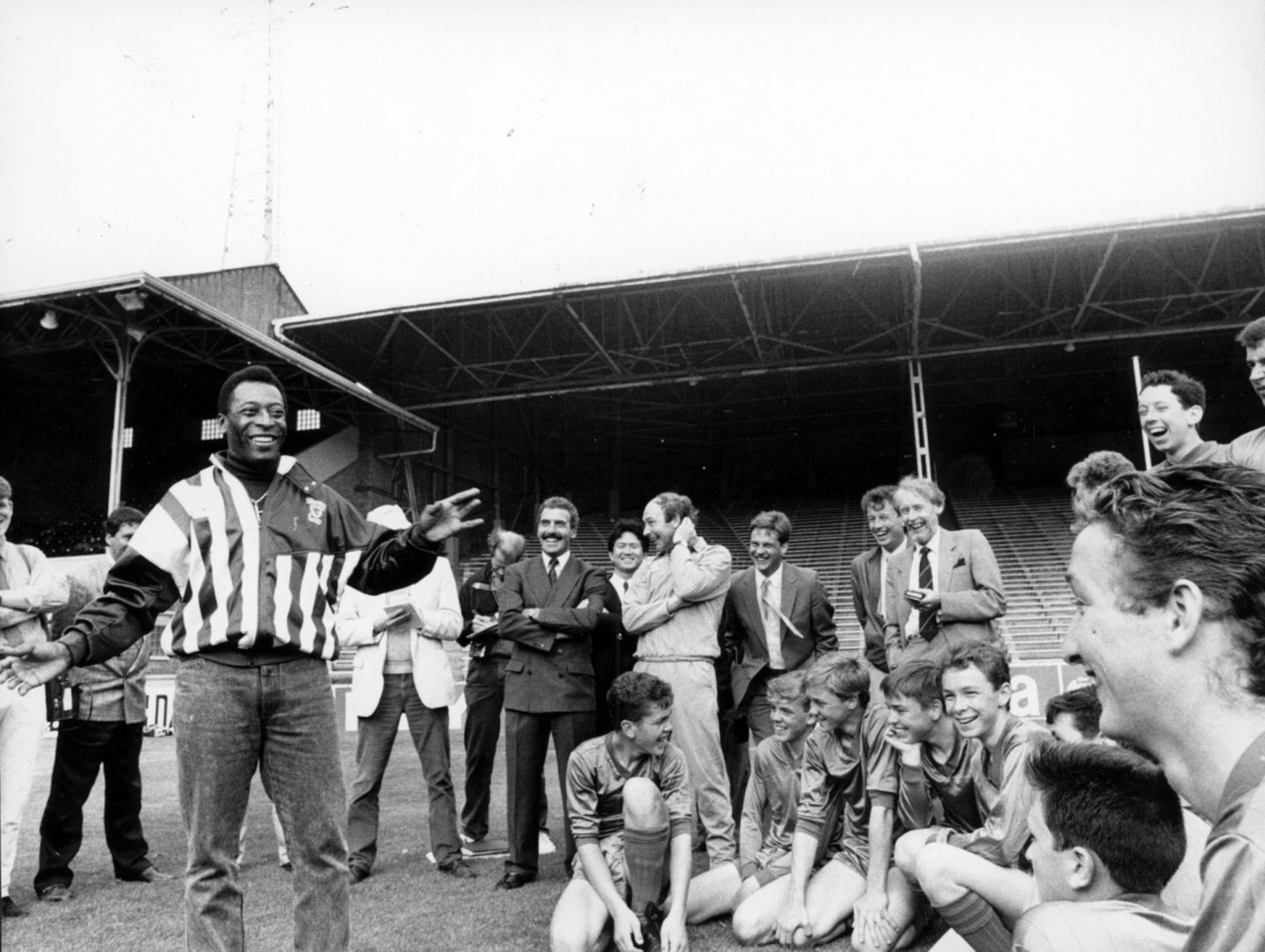

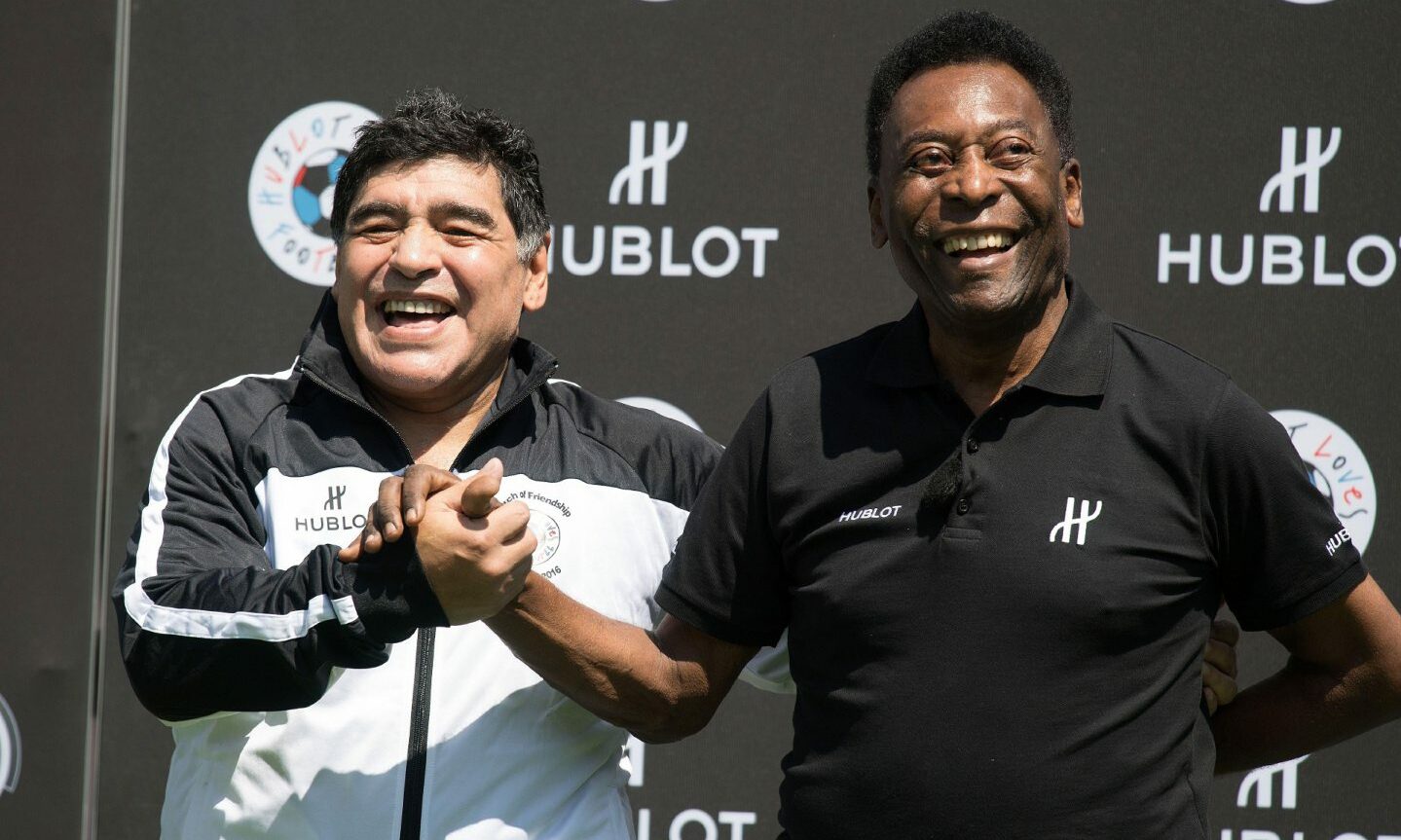
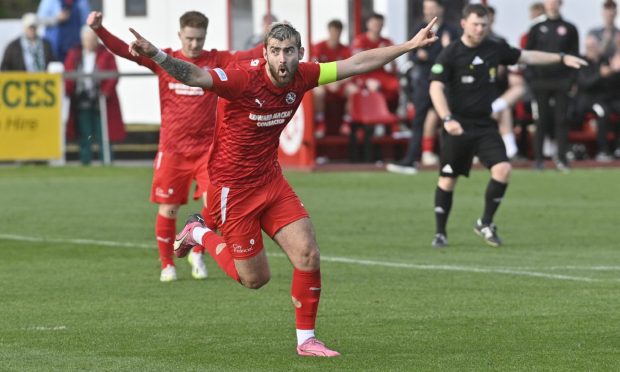

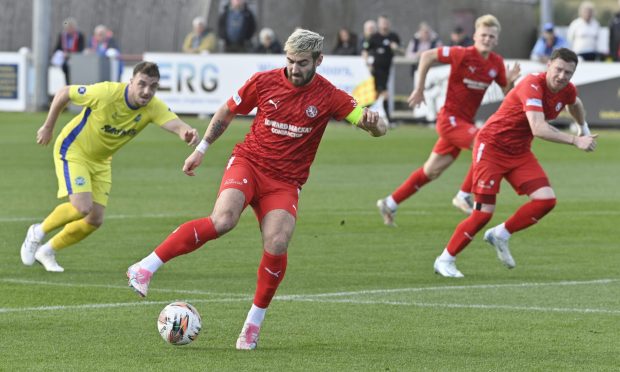
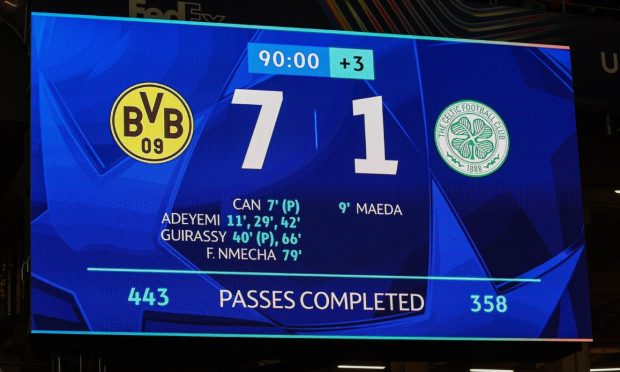

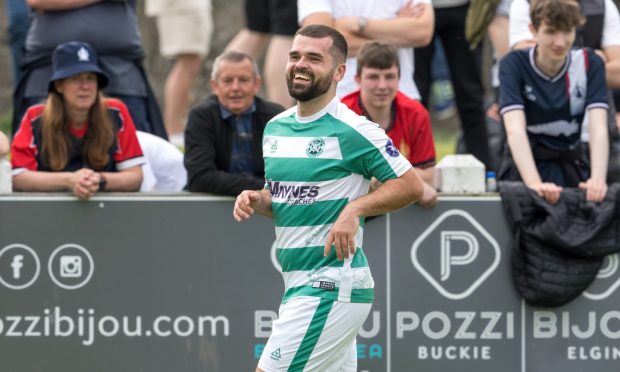
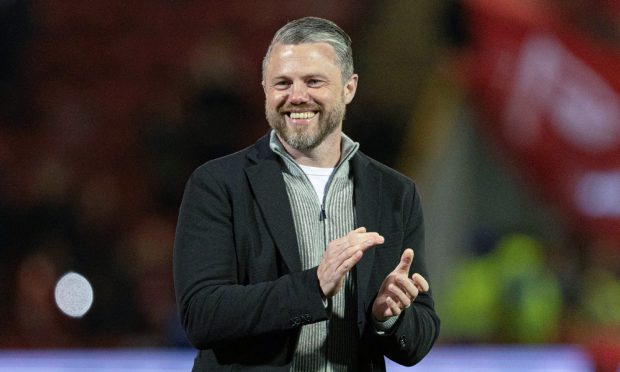


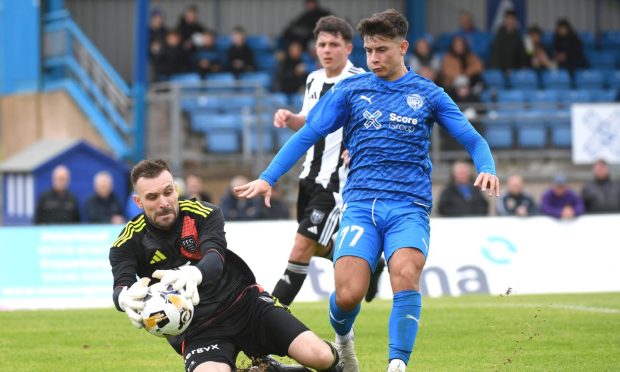
Conversation